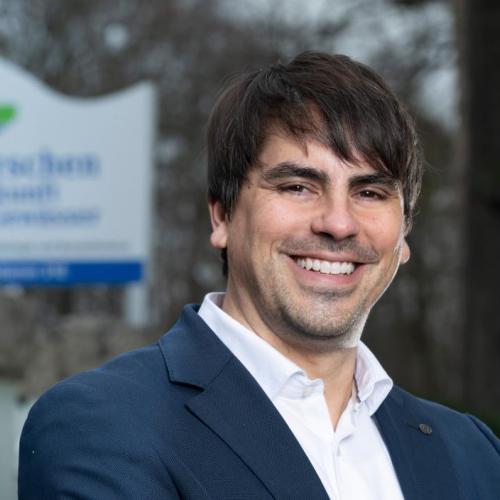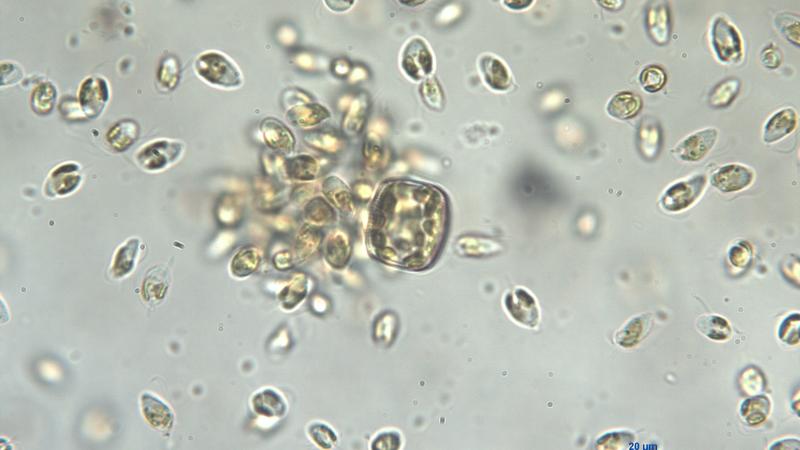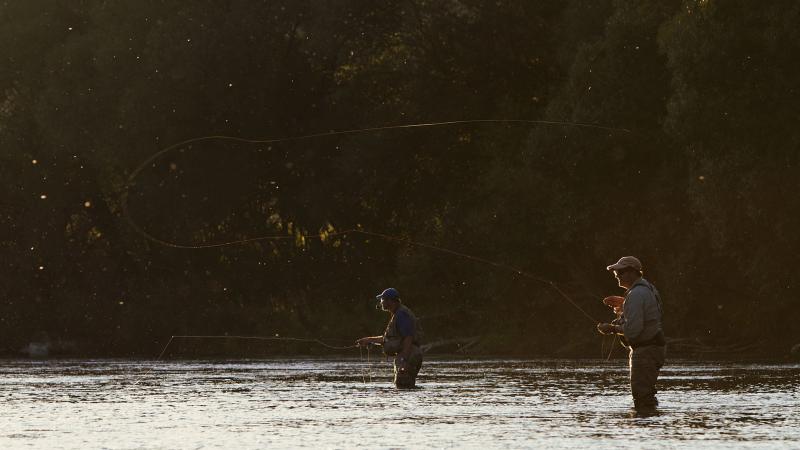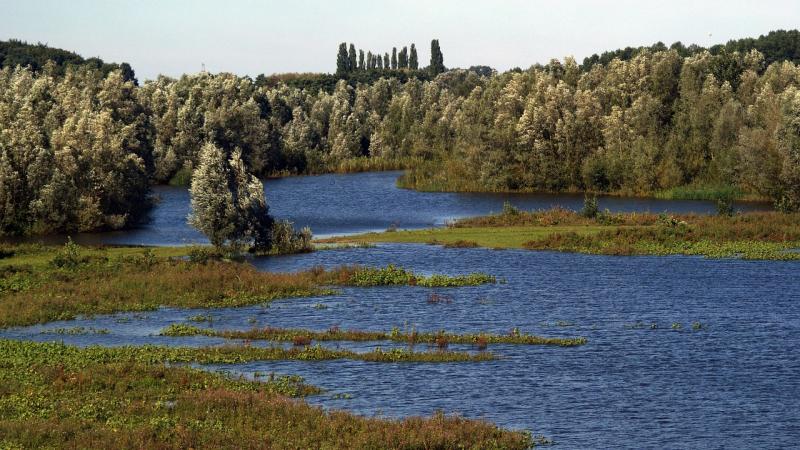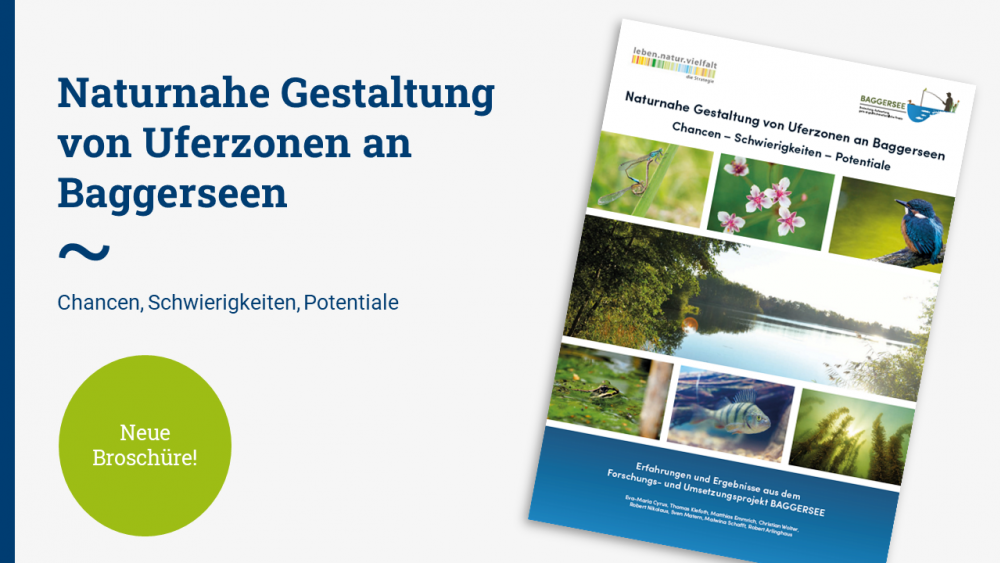
"The response was overwhelming," summarised Robert Arlinghaus, researcher at the IGB and HU Berlin and coordinator of the project. In fact, the BAGGERSEE team received registrations from Norway to Nußloch (Baden-Württemberg) for the expert exchange at the final conference. The speakers from research and recreational fisheries presented a mix of scientific project results and practical suggestions in eight talks. During a long lunch break, the project's travelling exhibition could also be explored.
Anyone who regrets having missed the conference can still get information: The brochure "Naturnahe Gestaltung von Uferzonen an Baggerseen. Chancen, Schwierigkeiten, Potentiale" (Near-natural riparian zone development at quarry ponds. Opportunities, Difficulties, Potentials) provides information about the project and its first results. It is aimed at all those who are interested in nature conservation at water bodies or who give official permits and determine the after-use of quarry ponds. On 71 pages, readers learn how they can help the "quarry pond around the corner" to become more species-rich by means of shallow water zones and deadwood. Scientific facts about the management of quarry ponds are clearly explained and supplemented by checklists.
Overall, the authors argue in favour of integrating nature conservation and the use of water bodies. This applies to both anglers and nature conservation stakeholders. The BAGGERSEE project has shown that cooperation between water authorities, nature conservation authorities, angling clubs and nature conservation associations is possible. Habitat improvement measures are an intersection where these actors can meet well and achieve something together: for the conservation and enhancement of biodiversity.
About the project
BAGGERSEE is a joint project of the Leibniz Institute of Freshwater Ecology and Inland Fisheries (IGB), the Lower Saxony Anglers' Association (Anglerverband Niedersachsen e. V.), the Bremen University of Applied Sciences (Hochschule Bremen), and the Technical University of Berlin (TU). The project was funded as part of the joint funding initiative "Research for the Implementation of the National Biodiversity Strategy" by the Federal Ministry of Education and Research (BMBF) and the Federal Agency for Nature Conservation (BfN) with funds from the Federal Ministry for the Environment, Nature Conservation, Nuclear Safety and Consumer Protection (BMUV).


